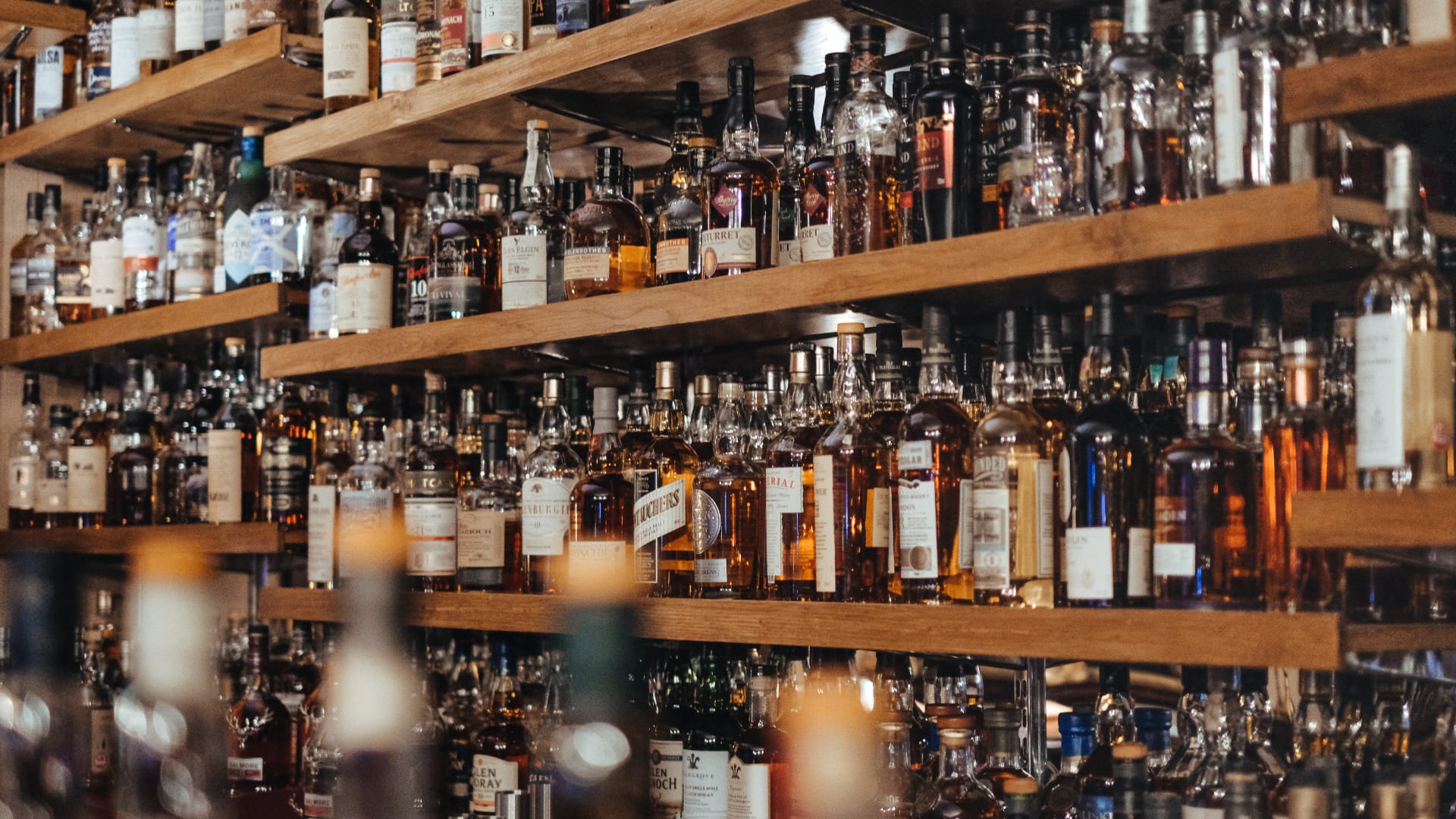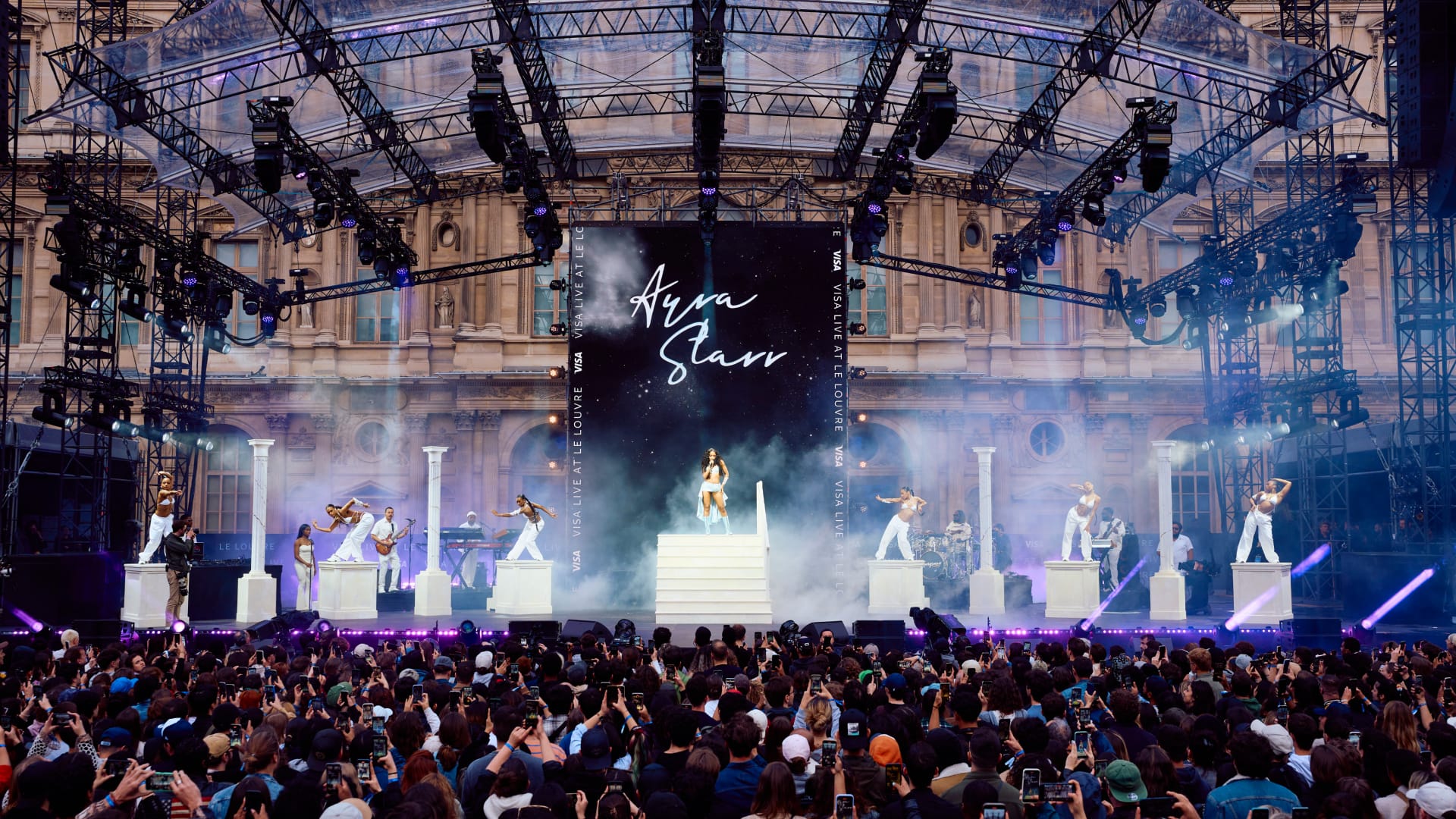
This article first appeared in Beverage Daily written by Imagination New York.
The ‘golden age’ of bourbon is upon us. Bourbon has officially shed its humble, working person’s drink ‘image’ to emerge as a collector’s item that is in high demand and often only available in limited quantities accompanied by soaring prices. At a Sotheby’s auction in the Spring of 2022, a bottle of Michter’s single barrel, 25-year old bourbon sold for over $20,000. According to the Distilled Spirits Council, the American Whiskey category has grown to over $4.6 billion in 2021 with nearly 30-million cases sold.
While tourism in bourbon country took a big hit in 2020, visits to distilleries on the Kentucky Bourbon Trail and Craft Tour are back and on track in 2022 to surpass the pre-COVID pandemic record of 1.7 million in 2019, according to the Kentucky Distillers’ Association. In Kentucky’s bourbon industry, 2022 was also a record year for investment with $2.1 billion in new investments and approximately 700 new jobs.
With the influx of capital and increase in tourism and demand for bourbon, distilleries have been undergoing a natural evolution into ‘brand homes’ in the last few years. They have expanded beyond the traditional tour of the distillery process and the tasting room to offer deeper ways for people to engage and connect with their brand, from sharing more product education to unique experiences such as limited-edition releases, accommodation on the grounds, and world class farm-to-table dining experiences.
Heaven Hill Distillery recently completed extensive multi-million dollar renovations that included an expanded visitor centre, three new themed tasting rooms, a new bar and kitchen, as well as a new hands-on experience that lets visitors select, fill, and label their own bourbon to bring home.
Maker’s Mark has converted the founders’ historical home, The Samuels House, into a unique and exclusive accommodation that is filled with bourbon history from family photos to a handmade bar displaying 50 bottles of whiskey spanning 150 years of distilling.
James B. Beam Distilling Co. has also updated its visitors’ experience to include The Kitchen Table, a 5,000 square foot restaurant with dishes and cocktails that will feature locally sourced Kentucky ingredients and farmers.
Some may be wondering why these distilleries are making multi-million dollar investments in visitor experiences and what’s the ROI (return on investment)? The reason is that brand homes are a powerful way to increase and deepen engagement with your customers. They are also an opportunity to extend your brand into a ‘physical’ space by creating new engagement models and opportunities for people to experience your brand in a truly authentic setting.
At Imagination, we have had the opportunity to help create several new and exciting experiences for visitors and guests on the Bourbon Trail. These range from tasting rooms to hands-on interactive experiences to designing spaces for several bourbon brand homes, including Old Forester Distilling Co., Rabbit Hole Distillery and The Frazier Kentucky History Museum. You’ll have to visit the Bourbon Trail to experience our work firsthand!
Brand homes offer several sources of value to visitors – from opportunities to get a behind the scenes look into the distilling process to learning the history of your favourite bourbon to creating moments of delight and inspiration and connection. Visitors will remember being able to get their hands dirty and filling up their own bottles of bourbon to bring home to share with friends for a special occasion.
The future of bourbon brand homes will be an exciting area to keep an eye on as they continue to grow, diversify, and experiment with different expressions of their brands. They are becoming destinations and even expanding into new territories through partnerships with artists and musicians like Jim Beam’s ‘Welcome Sessions’ live music campaign that featured Muse performing at their distillery in October 2022.
In the rapidly expanding bourbon country, brand homes and distilleries help keep the spirits industry thriving by letting visitors and fans get an opportunity to experience bourbon in a special, unique, and authentic setting in its home where it’s being made. Visitors often leave brand homes as more informed fans – and perhaps even brand ambassadors on their way to becoming lifetime loyalists – with a deeper understanding and appreciation for bourbon.



